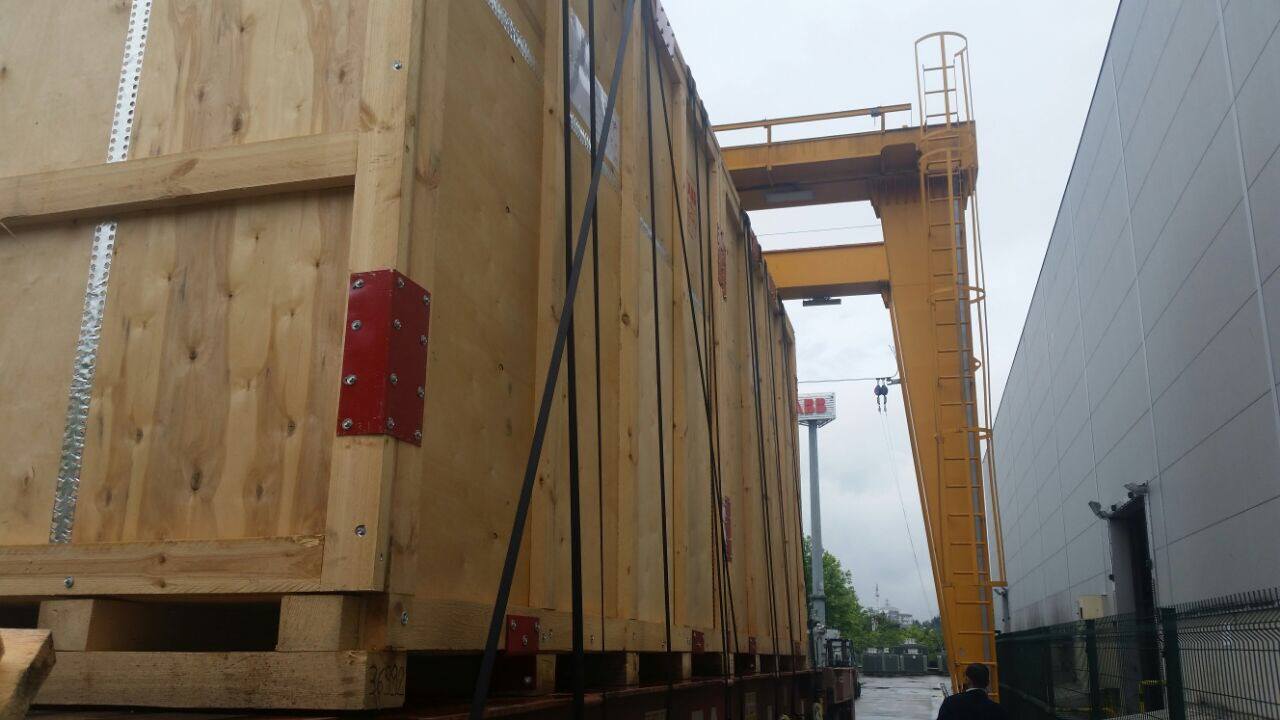Decline in Ocean Freight Rates Despite Global Market Volatility
The maritime industry has recently seen significant shifts, particularly in ocean freight rates. While the rates had been steadily increasing throughout the year, recent trends indicate a potential downturn. Data from the Shanghai Shipping Exchange, dated July 12, 2024, illustrates this clearly. Rates for shipments from Shanghai to Europe surged, breaking the $5,000 mark, a level unseen since August 2022. However, in stark contrast, freight rates for the Mediterranean, North America, and South America routes are trending downward.
Specifically, rates for shipments to the West Coast of North America plummeted by 5.5%, settling at $765 per forty-foot equivalent unit (FEU). The East Coast saw a smaller, but notable, decline of 0.6%, bringing rates to $9,888 per FEU. The decline can be attributed to multiple factors, including the stabilization of inventory levels by major retailers and the introduction of new container ships on key routes from Shanghai to North America. However, this downward trend remains under scrutiny, with experts questioning its longevity.
Global Port Congestion: The Shipping Industry’s Latest Challenge
Adding to the industry’s woes, congestion at major Asian ports, particularly Singapore, has reached alarming levels. As of late June 2024, a staggering 2.24 million twenty-foot equivalent units (TEU) worth of vessels were reported waiting offshore, exacerbating global shipping disruptions. Singapore, a critical transshipment hub, now faces an offshore waiting time of three to five days, with the congestion spilling over to other key East Asian ports like Shanghai and Busan.
This congestion is largely concentrated in Southeast and North Asia, which account for 23% and 20% of the total offshore waiting vessels, respectively. To mitigate this, Singapore’s Tuas Port, one of the world’s most advanced automated container terminals, commenced operations ahead of schedule in July. Although this move is expected to alleviate some of the congestion, the long-term impact remains uncertain. Given that July, August, and September mark the peak season for maritime transport, the situation could worsen before it improves.
U.S. Government Imposes Additional Tariffs on Mexican Steel
In a significant development, the U.S. government, under the Biden administration, imposed a 25% additional tariff on steel imported from Mexico as of July 10, 2024. This measure specifically targets steel that has not been melted and cast in the United States, Mexico, or Canada. Previously, Mexico had been exempt from the U.S. tariffs, which stand at 25% for steel and 10% for aluminum, leading to a surge in steel exports from China to the U.S. via Mexico as a tariff-avoidance strategy.
The increase in Chinese steel exports, driven by the country’s ongoing real estate slump, has been flagged as a threat to U.S. domestic steel production. This latest tariff reflects the U.S. government’s efforts to curb the influx of cheaper Chinese steel, reinforcing its commitment to protecting domestic industries. The move also has political undertones, with the upcoming U.S. presidential election in November 2024 expected to further intensify U.S.-China trade tensions, particularly if former President Donald Trump, known for his hardline stance on China, emerges victorious.
MSC Expands Fleet Amid Market Uncertainty
Meanwhile, Mediterranean Shipping Company (MSC), the world’s largest shipping company by volume, continues its aggressive fleet expansion strategy. The company recently announced the construction of two new 14,000 TEU ships, adding to its already impressive operating capacity, which neared 6 million TEU as of June 8, 2024. This accounts for approximately 20% of the global container ship operating capacity.
MSC’s expansion is seen as a strategic move to tackle the current space shortages plaguing the maritime market. With its plans to exit the 2M Alliance with Maersk by January 2025, MSC aims to operate independently, leveraging its growing fleet to address market demands more effectively. However, this strategy also carries risks, particularly as the industry faces prolonged offshore waiting times and potential oversupply if the market normalizes. The success of MSC’s fleet expansion will likely depend on how the global maritime market evolves in the coming months.





